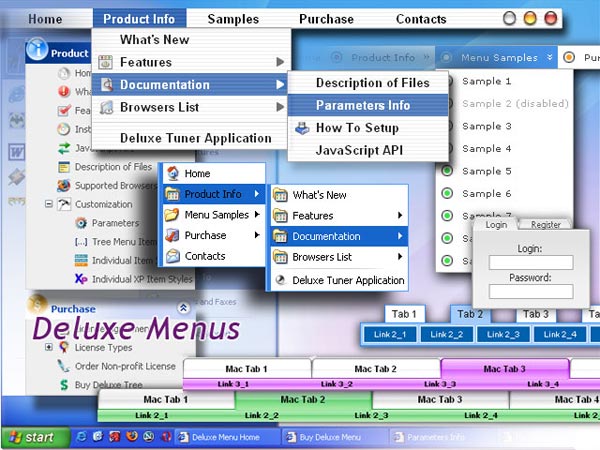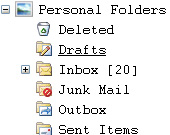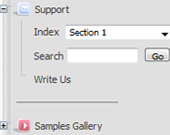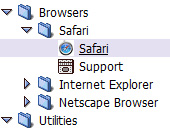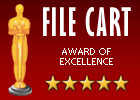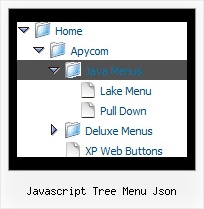Template: Javascript Tree Menu Json
Linux Javascript Tree View Menu
The template emulates Linux menu style. To open submenus click on menu items.
The appearence of this template is determined by the following parameters:
- Toggle-mode support.
- Items have icons
- Animation effect for subitems
- Menu has a static position and is placed within the table cell.
The template emulates Linux menu style. To open submenus click on menu items.
The appearence of this template is determined by the following parameters:
- Toggle-mode support.
- Items have icons
- Animation effect for subitems
- Menu has a static position and is placed within the table cell.
Key features:
- Filters and Transitional effects
- Items with icons
- Relative/Absolute menu position
- Submenus have a fade effect
- different speed for an animation for submenus
- Each item can have individual settings
- Movable and floatable menu
- Image arrows
- Filters and Transitional effects
- Items with icons
- Relative/Absolute menu position
- Submenus have a fade effect
- different speed for an animation for submenus
- Each item can have individual settings
- Movable and floatable menu
- Image arrows

